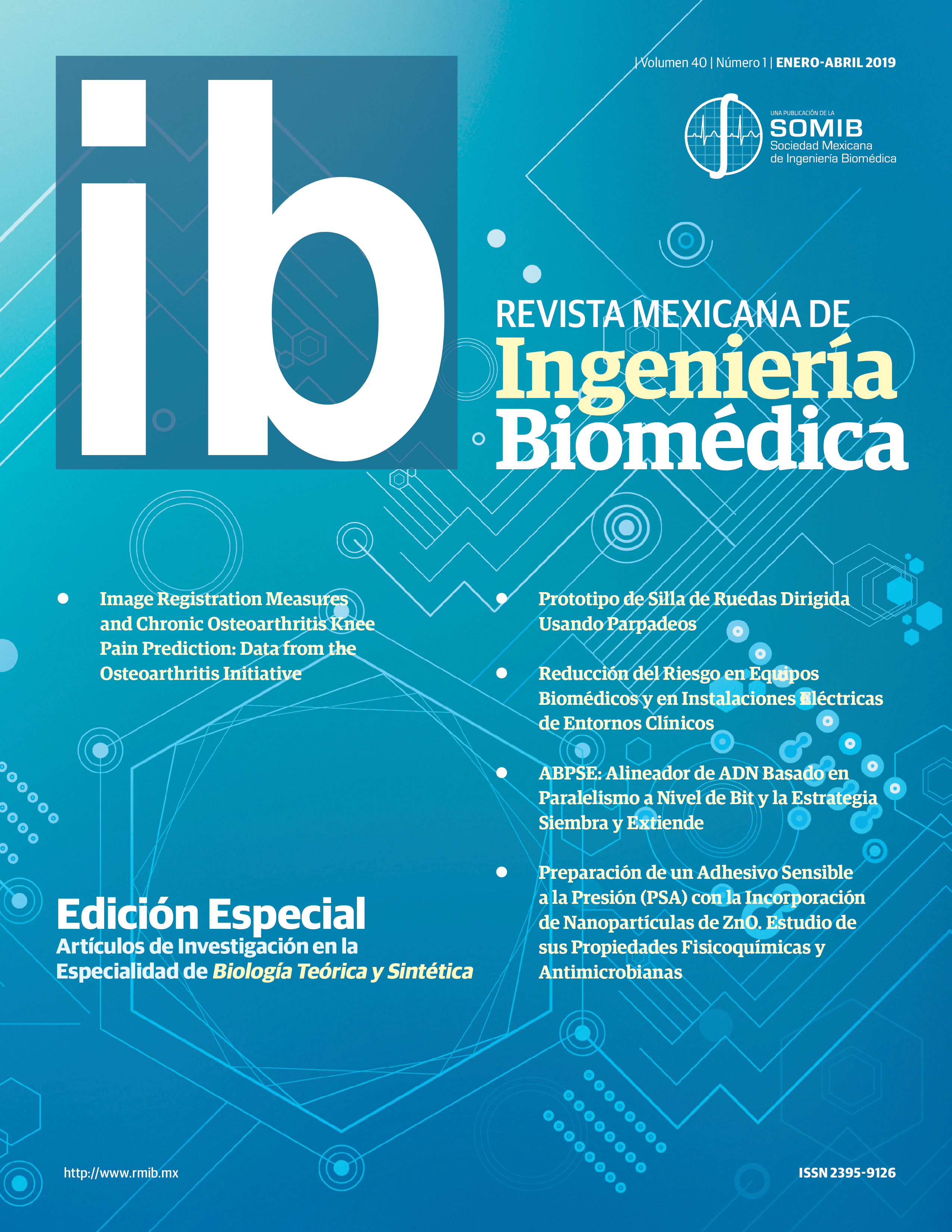A code biology analysis of the regulatory regions in cell lines
DOI:
https://doi.org/10.17488/RMIB.40.1.11Keywords:
lexicon complexity, regulatory regions, code biologyAbstract
Coding sequences are widely studied for their relevance in protein synthesis. However, higher organism genomes, such as human ones, has a small amount of them, and a larger proportion of non-coding sequences. ENCODE and Epigenomic Roadmap projects discovered that regulatory functions are carried out in the non-coding regions of the human genome. These regulatory functions are part of the regulatory machinery that yields different gene expression profiles, thus, different cell lines. Whereas different environmental elements, i. e. histone modifications, DNA methylation, and other epigenomic phenomena, determine the regulatory function of genome part, the sequences’ composition where these functions take place could also influence regulatory machinery. In this work, we explore the non-coding regulatory sequences and lexica build with subsequences between 3 and 16 nucleotides to evaluate the difference between the sequence composition of the regulatory regions in the cell lines. Our results show that the lexica corresponding to the regulatory regions are different based on their complexity/degeneracy, moreover, the lexica of regulatory regions in different cell lines are also different. These features suggest that non-coding sequences are an active element of the regulatory machinery and the histone code that are involved in cell differentiation.
Downloads
Downloads
Published
How to Cite
Issue
Section
License

This work is licensed under a Creative Commons Attribution-NonCommercial 4.0 International License.
Upon acceptance of an article in the RMIB, corresponding authors will be asked to fulfill and sign the copyright and the journal publishing agreement, which will allow the RMIB authorization to publish this document in any media without limitations and without any cost. Authors may reuse parts of the paper in other documents and reproduce part or all of it for their personal use as long as a bibliographic reference is made to the RMIB. However written permission of the Publisher is required for resale or distribution outside the corresponding author institution and for all other derivative works, including compilations and translations.








